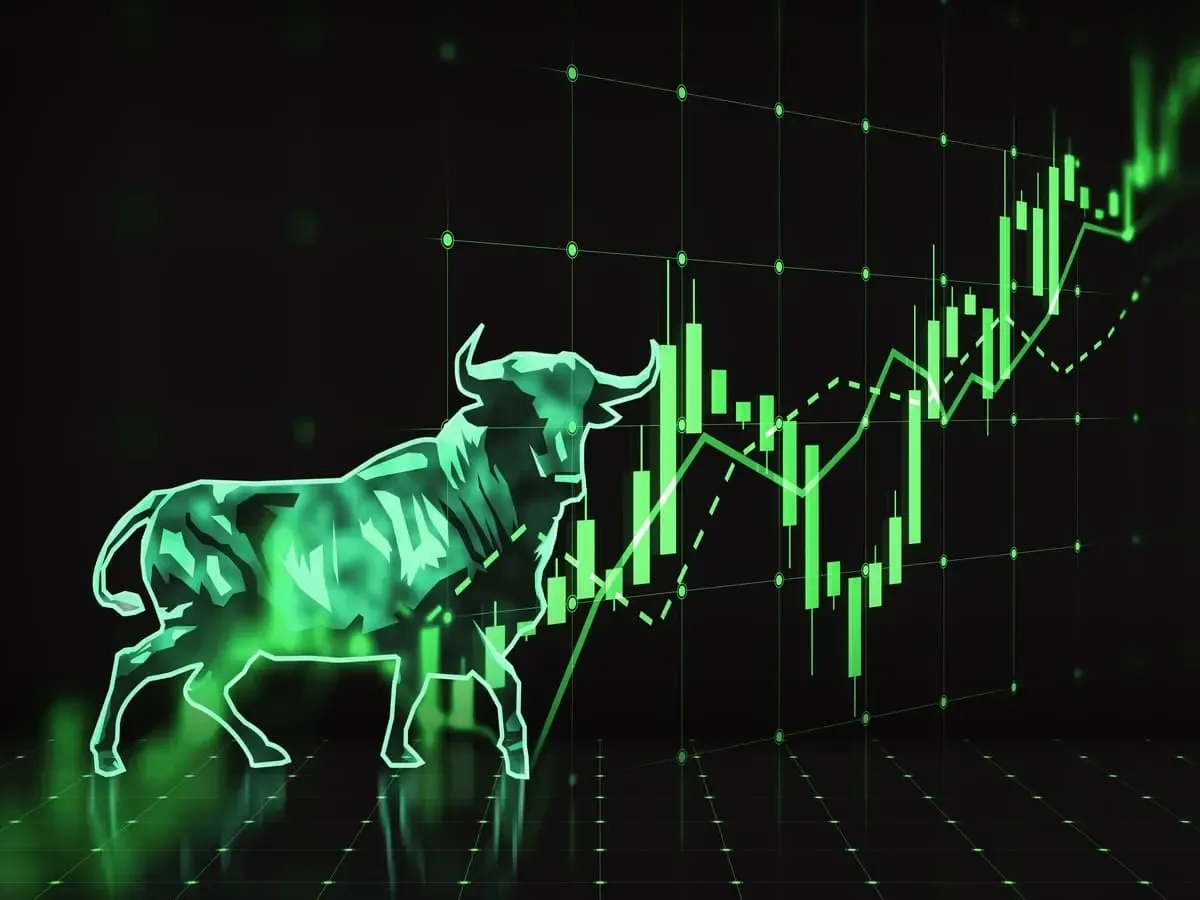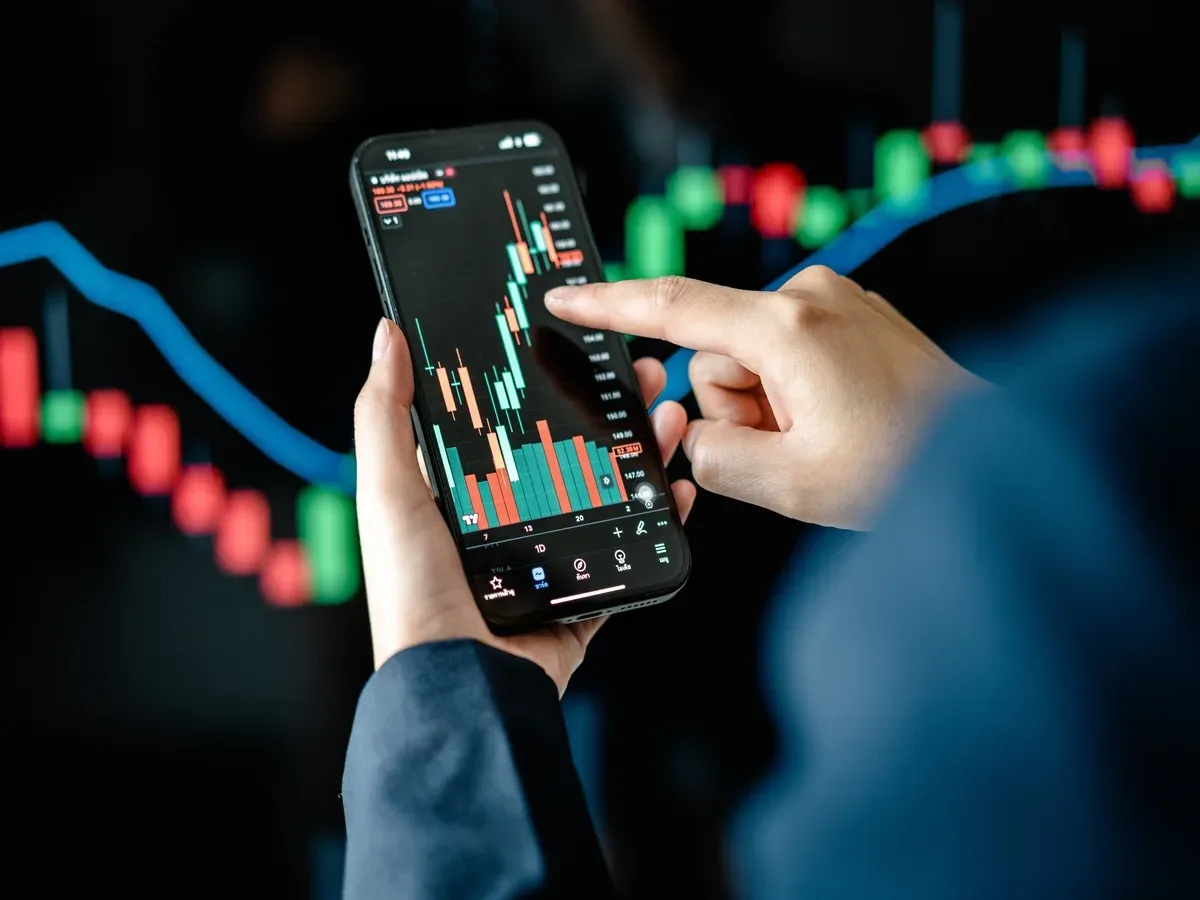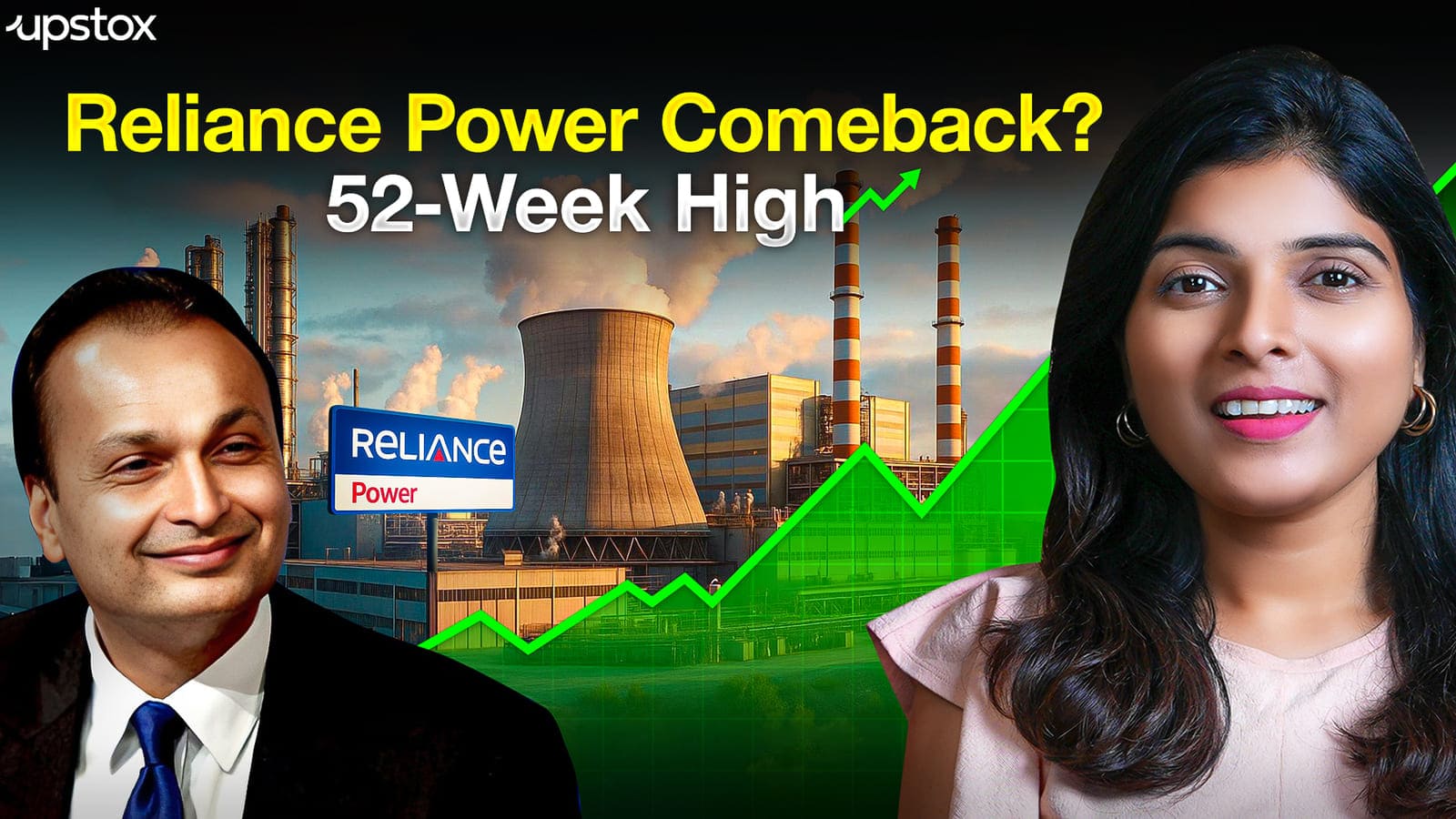Market News
Indices at day’s high as NIFTY50 crosses 25,600 level, SENSEX soars 940 pts: Key factors behind the rally

6 min read | Updated on October 16, 2025, 14:58 IST
SUMMARY
The 50-share NIFTY index is just 50 points below its one-year high of 25,669.35, reached on June 30, 2025. During the session, it touched an intraday high of 25,589.80, marking its highest level in four months

The Nifty Bank index rallied strongly on Thursday, climbing 1.23% to hit a high of 57,502.45. Image: Shutterstock
Indian equity benchmark indices extended their rally in the afternoon session on Thursday, October 16, driven by robust buying in banking, FMCG, auto, and realty stocks. Positive cues from global markets further lifted investor sentiment.
Key factors behind the rally
Banking sector
The Nifty Bank index rallied strongly on Thursday, climbing 1.23% to hit a high of 57,502.45. Kotak Mahindra Bank (up 2.92%), Axis Bank (2.15%), and HDFC Bank (1.57%) were the top contributors to the gains. The index also touched its highest level in three months.
Shares of Axis Bank, the country’s leading private sector lender, rose as much as 4.04% to hit an intraday high of ₹1,216.90 apiece on NSE, a day after it reported its September quarter earnings.
Axis Bank post market hours on Wednesday reported a net profit of ₹5,090 crore in the second quarter of the current financial year, marking a decline of 26% from ₹6,918 crore in the same period last year. The decline in profit came on the back of higher provisioning for bad loans, as its provisions jumped 61% to ₹3,547 crore from ₹2,204 crore in the year-ago period.
Axis Bank’s net interest income (NII), or the difference between interest earned on loans and expended on deposits, rose nearly 2% to ₹13,744 crore from ₹13,483 crore.
Global cues
Most Asian indices advanced on Thursday, mirroring overnight gains on Wall Street after a volatile trading session. The surge came amid growing expectations of US Federal Reserve rate cuts. However, renewed US–China trade tensions capped the overall gains.
Japan's Nikkei rose 1.23%, Hong Kong's Hang Seng was seen flat, and South Korea's KOSPI jumped 2.43%. The Shanghai Composite also showed a marginal increase of 0.10%.
On Wall Street, the main benchmarks managed to close higher after a volatile session as technology stocks helped lead the way following a better-than-expected profit report from ASML, a major supplier to the semiconductor industry.
The S&P 500 advanced 0.4%, the Dow Jones ended marginally lower by 0.04%, and the tech-heavy Nasdaq climbed 0.66%.
India-US trade talks
Commerce Secretary Rajesh Agrawal will join the Indian delegation in the US on Thursday for trade talks, with India indicating its readiness to step up energy imports from America. In the past 7-8 years, energy purchases from the US, largely crude oil, have come down from $25 billion to around $12-13 billion.
"So, there is a headroom of around $12-15 billion, which we can purchase without worrying about the configuration of refineries," Agrawal said on Wednesday. "And there is a bilateral commitment, and in discussions we are in, we have indicated very positively that India as a country would like to diversify its portfolio as far as energy imports are concerned. That's the best strategy for a big buyer like India."
These remarks are important, as purchasing more crude oil from the US will address Washington's concerns on the merchandise trade deficit with India, which stood at $45.8 billion in 2024-25.
Further, US President Donald Trump has claimed that his "friend", Prime Minister Narendra Modi, has assured him that India would stop purchasing oil from Russia, a move he described as a "big step" toward increasing pressure on Moscow over its invasion of Ukraine.
Rupee-dollar check
The rupee appreciated 40 paise to 87.68 against the US dollar on Thursday, primarily driven by central bank intervention and a softer dollar index.
At the interbank foreign exchange market, the rupee opened at 87.76 and then gained ground and touched an early high of 87.68 against the US dollar, registering a gain of 40 paise from its previous close.
On Wednesday, the rupee bounced back sharply by 73 paise to close at 88.08 against the US dollar on Wednesday, posting its biggest intraday gain in nearly four months.
The rupee rose on Wednesday largely on the back of easing global risk sentiment, optimism around India-US trade talks and likely intervention by the Reserve Bank of India (RBI).
IMF raises India’s FY26 growth forecast
This week, the International Monetary Fund (IMF) raised India’s economic growth projection for FY26 to 6.6% from the earlier estimate of 6.4%, citing strong carryover from robust first-quarter activity that more than offset the impact of higher US tariffs on Indian imports.
The upbeat revision boosted investor sentiment, leading to positive momentum in the equity markets.
"Compared with the July WEO Update, this is an upward revision for 2025, with carryover from a strong first quarter more than offsetting the increase in the US effective tariff rate on imports from India since July, and a downward revision for 2026," the IMF said in its latest World Economic Outlook (WEO).
The agency, however, lowered the growth forecast for FY 2026-27 by 20 basis points to 6.2%. “Compared with the pre-tariff forecast in October 2024, India’s growth is projected to be cumulatively 0.2 percentage points lower,” the report said.
Earlier this month, the World Bank also raised India's growth forecast for the current fiscal year to 6.5% from 6.3% estimated earlier, saying the country is expected to remain the fastest-growing major economy.
Macroeconomic data
India’s wholesale price inflation eased to 0.13% in September from 0.52% in August, as softer prices of food articles and fuel offset gains in manufactured goods, government data showed on October 14.
The moderation in the Wholesale Price Index (WPI)-based inflation was largely driven by a decline in food and primary articles, which together account for nearly a quarter of the index.
The WPI food index, which combines food articles and manufactured food products, declined to 192.0 in September from 193.5 in August, a year-on-year fall of 1.99%.
Further, India’s retail inflation eased sharply to 1.54% in September 2025, the lowest level since June 2017, led by a continued decline in food prices. The headline inflation, measured by the Consumer Price Index (CPI), fell 53 basis points from 2.07% in August, according to data released by the Ministry of Statistics and Programme Implementation.
Food inflation remained negative for the fourth consecutive month, coming in at -2.28% in September, compared with -0.64% in August.
Related News
About The Author
Next Story



